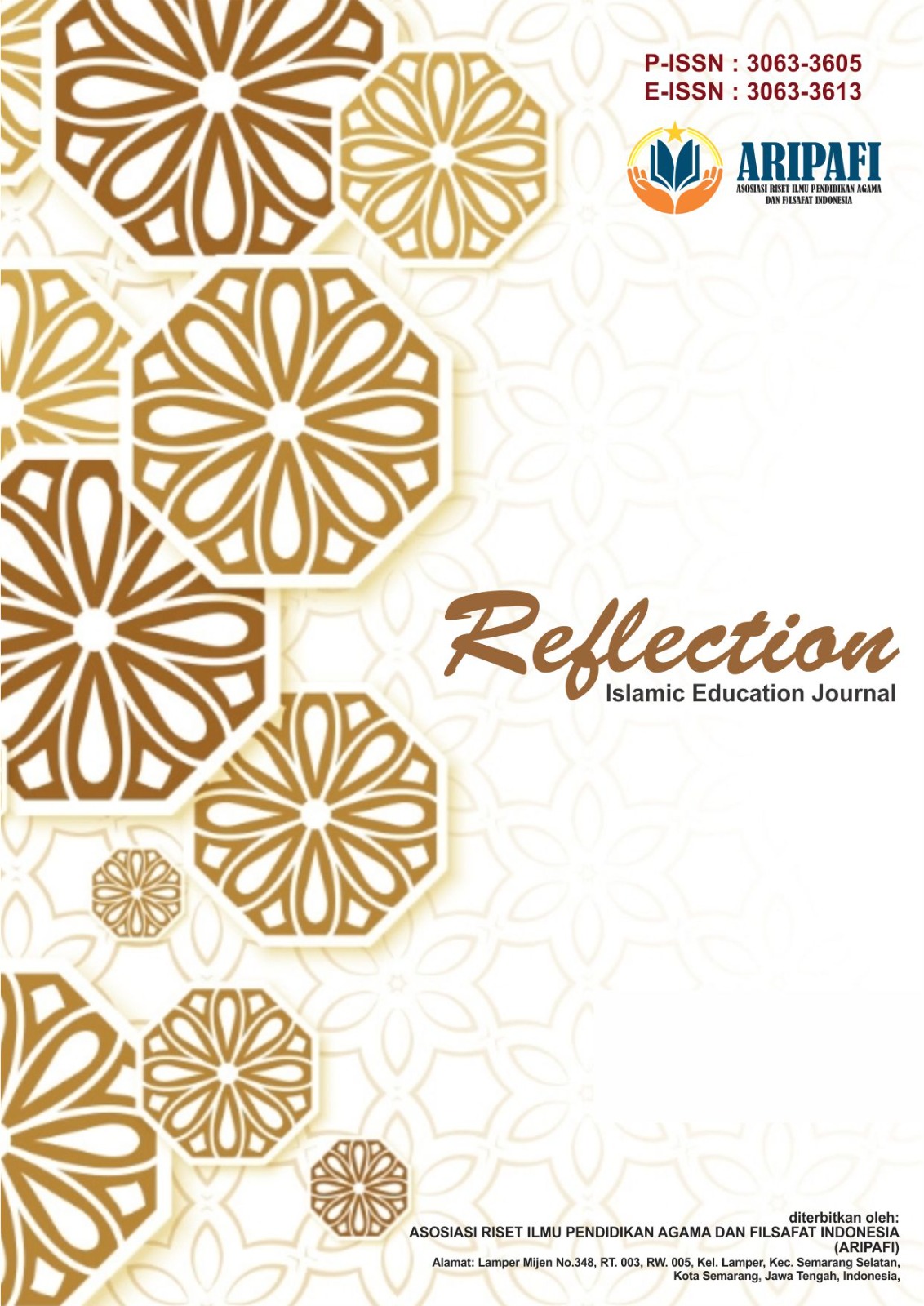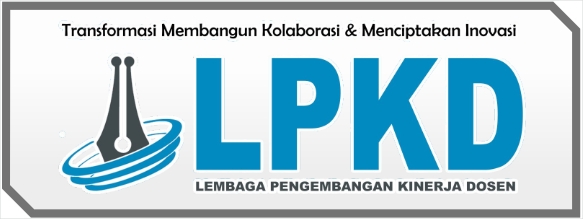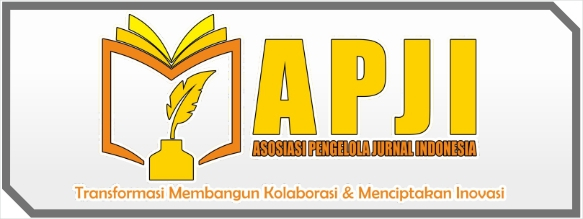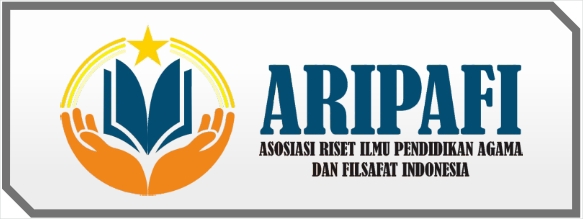Metode Focus Group Discussion (FGD) dalam Peningkatan Kemampuan Berpikir Kritis Siswa Kelas VIII pada Mata Pelajaran PAI di SMP Entrepreneur Ar-Ridwan Gunung Tawang Selomerto Wonosobo
DOI:
https://doi.org/10.61132/reflection.v2i3.1106Keywords:
Discussion, Critical, CollaborationAbstract
This study aims to describe the implementation of the Focus Group Discussion (FGD) method in Islamic Religious Education (PAI) learning and its impact on improving critical thinking skills of grade VIII students at SMP Entrepreneur Ar-Ridwan Gunung Tawang Selomerto Wonosobo. The background of this study is based on the needs of 21st century learning that requires students to have critical, collaborative, and communicative thinking skills. This study uses a qualitative approach with a descriptive research type. Data collection techniques are carried out through observation, in-depth interviews, and documentation. Data analysis uses data reduction techniques, data presentation, and drawing conclusions. The results of the study indicate that the FGD method has been implemented systematically in PAI learning through the formation of small discussion groups, trigger questions, and presentation of discussion results. The teacher acts as an active facilitator who encourages student participation evenly. The positive impacts of the implementation of FGD include increased active student participation, the ability to convey arguments logically, and the growth of reflective and critical attitudes. However, the implementation of FGD also faces several obstacles such as time constraints, differences in communication skills, and the unequal distribution of student confidence in open discussions. These obstacles are overcome through classroom management strategies such as role rotation, providing discussion training, and habituating a culture of dialogue. Thus, the FGD method has proven effective in improving students' critical thinking skills and forming a collaborative and participatory learning culture.
References
Brookfield, S. D. (2012). Teaching for critical thinking: Tools and techniques to help students question their assumptions. Jossey-Bass.
Bruner, J. (1966). Toward a theory of instruction. Harvard University Press.
Ennis, R. H. (2011). The nature of critical thinking: An outline of critical thinking dispositions and abilities. University of Illinois.
Facione, P. A. (2011). Critical thinking: What it is and why it counts (2011 update). Insight Assessment. https://www.insightassessment.com
Johnson, D. W., & Johnson, R. T. (2009). An educational psychology success story: Social interdependence theory and cooperative learning. Educational Researcher, 38(5), 365–379. https://doi.org/10.3102/0013189X09339057
Joyce, B., & Weil, M. (2015). Models of teaching (9th ed.). Pearson Education.
Nashih, M., & Syaifudin, M. (2021). Penerapan metode diskusi dalam meningkatkan kemampuan berpikir kritis siswa pada pembelajaran PAI. Jurnal Pendidikan Agama Islam Al-Thariqah, 6(2), 123–134. https://doi.org/10.25299/al-thariqah.v6i2.8409
Paul, R., & Elder, L. (2009). The miniature guide to critical thinking concepts and tools (6th ed.). Foundation for Critical Thinking Press.
Piaget, J. (1950). The psychology of intelligence. Routledge & Kegan Paul.
Rusman. (2011). Model-model pembelajaran: Mengembangkan profesionalisme guru. Rajawali Pers.
Sukmadinata, N. S. (2009). Pengembangan kurikulum: Teori dan praktik. Remaja Rosdakarya.
Undang-Undang Republik Indonesia Nomor 20 Tahun 2003 tentang Sistem Pendidikan Nasional. (2003). Jakarta: Departemen Pendidikan Nasional.
Vygotsky, L. S. (1978). Mind in society: The development of higher psychological processes. Harvard University Press.













